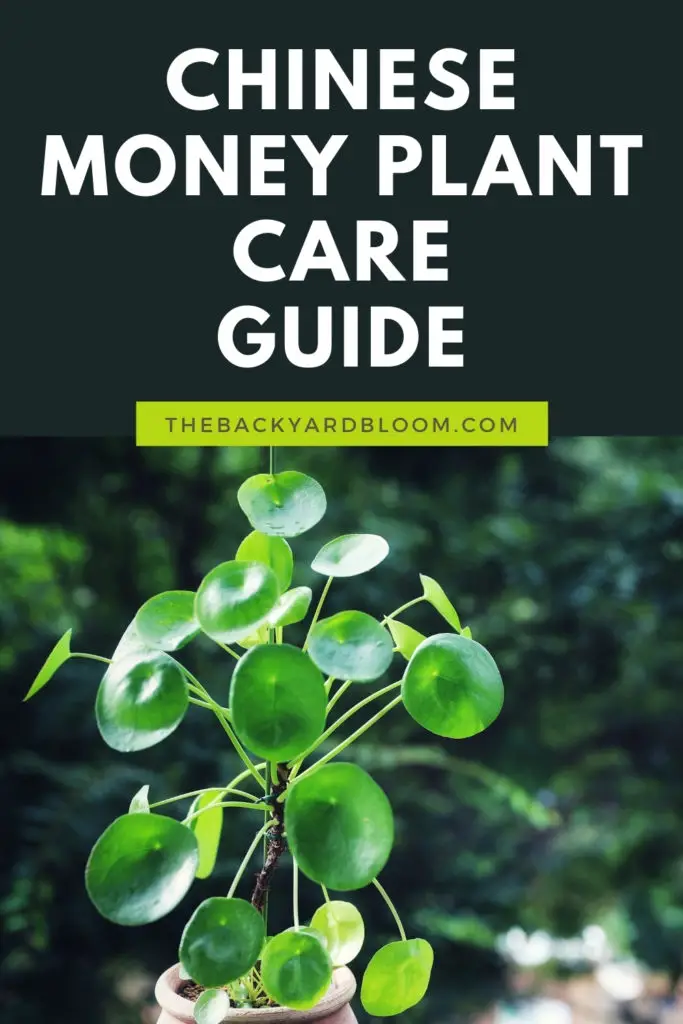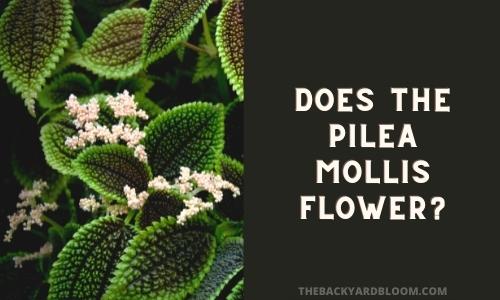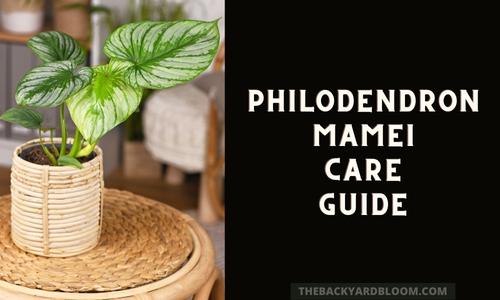Chinese Money Plants, or as they are also called Pilea Peperomioides, have gained popularity recently due to social media.
You might have started seeing these come across your Instagram feed or maybe you started seeing them appear in your local plant nurseries. Chinese Money Plants are a great easy to care for houseplant that gives an amazing look for not too much work.
If you have picked up one of these beautiful houseplants then read on. In this article, we go over how to care for a Chinese Money Plant.
- Pilea Peperomioides Origins
- Other Names for Pilea Peperomioides
- How To Repot a Chinese Money Plant
- How To Water a Chinese Money Plant
- Chinese Money Plant Soil Mix
- Chinese Money Plant Light Requirements
- Chinese Money Plant Propagation
- Chinese Money Plant Toxicity
- Chinese Money Plant Fertilizer
- Chinese Money Plant Temperature
- Humidity
- Pruning
- Common Problems With Chinese Money Plants
- Frequently Asked Questions About Chinese Money Plants

Pilea Peperomioides Origins
Chinese Money Plants are native to the Yunnan province in China.
They were originally brought to Europe through Scandinavia and onto England, where they grew in popularity.
Up until a few years ago, this plant was only available if you knew someone who had propagated it themselves.
Only recently has it become popular in the United States, due to social media, and is now showing up in plant nurseries and big box stores.
They grow to about 1 foot tall and 1 foot wide. And they are known for their bright green circular leaves that stick out from long stems.
Other Names for Pilea Peperomioides
- Chinese Money Plant
- UFO Plant
- Missionary Plant
- Friendship Plant
- Coin Plant
- Pancake Plant
Other Pilea Care Guides:
How To Repot a Chinese Money Plant
Terracotta pots are a good type of pot to use for Chinese Money Plants. Terracotta pots are very good at not allowing access moisture to build up in the soil.
But you are not limited to just terracotta pots if they are not your thing.
When picking out a pot for your Pilea Peperomioides, make sure that you get a container that has drainage holes.
A well-draining pot is a must for these plants.
Leaving your plant sitting in constantly soggy soil will lead to root rot which can cause major problems.
When you repot your plant always ensure that you discard as much of the old soil as possible and replace it with new soil.
How To Water a Chinese Money Plant
Always allow the soil to dry out between watering your Chinese Money Plant. They can go for several days with dry soil.
Usually, they will need water every 1 to 2 weeks depending on the light level.
If the plant is in bright light it will need watering more often than when it is in lower light areas.
These plants are very sensitive when it comes to being overwatered.
If you are unsure that it is the right time to water the plant you can wait until the leaves are a bit droopy and then water the plant.
It is best to use either filtered or distilled water.
But if you don’t have either available filling up a container with hot water and letting it sit for 24 hours will help remove many of the harmful extra chemicals in tap water.
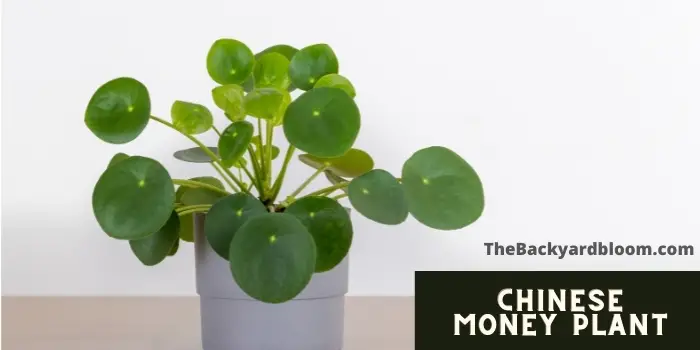
Chinese Money Plant Soil Mix
You want well-draining soil for Chinese Money Plants.
On my Pileas, I use a mixture of half regular all-purpose potting soil and half succulent potting mix.
If you prefer to make your own soil medium from scratch you can use coco coir or peat moss mixed with perlite (What is Perlite?).
Chinese Money Plant Light Requirements
Pilea Peperomioides prefer bright filtered indirect light.
Do not let them sit in direct sunlight. This will result in burnt leaves on the plant.
East, south, or west-facing windows best with sheers to help filter out harsh sunlight.
These plants can grow in medium light but they will grow slower and the stems will be leggy.
It is a good idea to rotate your plant a couple of times each week to help it grow straight.
These plants tend to grow and bend towards their light source. So if they are not rotated you will have a bent stem and not the straight stem that many people look for.
Chinese Money Plant Propagation
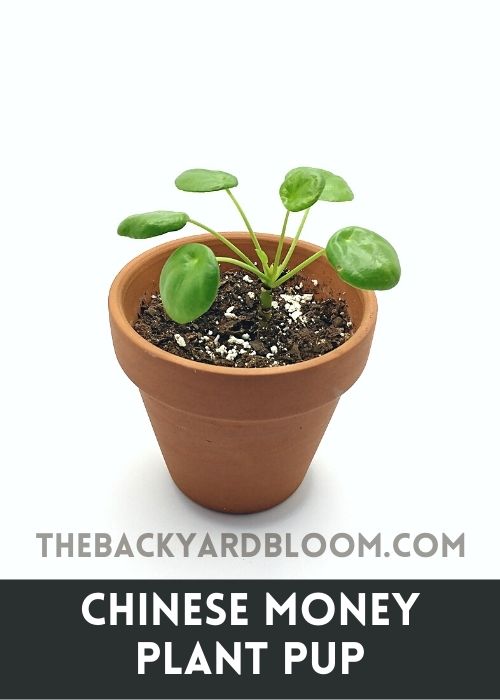
These plants are well known for their ease of propagation.
Many times plant owners will find that the original plant has pups growing in the pot. After these pups grow to about 2 1/2 inches tall you can remove them and put them in their own pot.
Chinese Money Plant Toxicity
These are nontoxic plants and are safe to be around pets.
Chinese Money Plant Fertilizer
It is best to fertilize these plants once a month during its active growing season, through the spring and summer.
Use a liquid fertilizer at half the recommended dose when fertilizing your plant.
Chinese Money Plant Temperature
These plants prefer temperatures that are between 60 °F and 80 °F. And never leave your plant in a place where the temperature goes below 50 °F or above 100 °F.
Chinese Money Plants do not like fluctuations in temperature. Be sure to keep them out of drafty areas, such as windows during the wintertime or next to doors that open to the outside often.
Also, make sure not to place your plant in front of an air vent for a heater or air conditioner. Not only will this cause issues with temperature fluctuation but it will also bring down humidity levels.
Humidity
Chinese Money Plants prefer higher humidity.
If you have the plant in a place that uses heaters or air conditioners and the humidity is lower than 50% it is best to spray or mist the leaves a couple of times a week.
Placing a humidifier nearby is another option to keep the humidity higher around the plant.
I keep my Pilea in the kitchen where the humidity is higher than in other rooms in our house.
Pruning
Any dead leaves on the plant should be removed.
Common Problems With Chinese Money Plants
Lower Leaves Turning Yellow
The lower leaves of a Pilea turning yellow can indicate nitrogen deficiency.
Watering your plant with worm casting tea can help add nitrogen.
Another option is to try fertilizing the plant twice in one month.
Drooping Leaves
Drooping leaves can mean that the plant is either overwatered or underwater.
If the soil is dry give the plant some water and you should start to notice an improvement.
If the soil is still wet and the leaves are drooping then increase the amount of time between watering the plant.
Curling/Cupping Leaves
Usually curling or cupping leaves on a Chinese Money Plant is due to one of two things: too much light or too much heat.
Check to make sure that your plant isn’t getting direct sunlight. Or move it a little bit further away from the window.
Also, check the temperature of the area that the plant is in. While the Chinese Money Plants can tolerate temperatures up to 100 °F, a temperature staying consistently above 80 °F can cause the leaves to curl or start cupping.
Brown Spots On Leaves
Brown spots on the leaves of a Chinese Money Plant can indicate that it either is getting too much sunlight or that the plant has been over-fertilized.
Check the light that your plant is getting and move the plant to an area where it is not in direct sunlight.
If it is due to over-fertilization then it is best to reduce the amount of fertilizer and the frequency you are giving the plant.
White Spots on the Underside of the Leaves
If you notice white spots on the backside/underside of its leaves that look like salt granules, this can be an indication of mineral deposits building up from the water you are giving the plant.
Making sure you use filtered or distilled water can help combat this issue.
However, if the white spots look fluffy or fuzzy and move then it is more than likely mealybugs.
Dropping Leaves
When you first bring home your Pilea Peperomioides you might see that it starts dropping some of its leaves.
This is normal when the plant has an environmental change, especially when coming inside from a greenhouse.
The adjustment period can take several months, but you should start to see new growth starting on the plant.
Mealybugs or Spider Mites
Signs of mealybugs or spider mites on your plant are wilting or curling leaves.
Small webs on the back of the leaves will also indicate spider mites.
Mealybugs will look like little fluffy white specks on the leaves or stem.
If you find any on your plant it is recommended that you treat the plant with neem oil as soon as you see them.
Frequently Asked Questions About Chinese Money Plants
The Chinese money plants love bright filtered and indirect light. They do not like being placed in direct sunlight. They can do ok with medium light but will grow slower and appear leggier as they try to reach for the light source.
Misting your Chinese Money Plant can help it thrive. While they do ok in dry conditions they do prefer humidity levels a bit higher than other houseplants.
To make your Pilea grow faster make sure to give it adequate light and fertilize it once a month during its growing season (usually early spring to early fall). Repotting the plant into a bigger container can also help its growth process since it will have more room for roots. Pick a pot that is 2 to 3 inches bigger than its current pot.
These plants are very easy to take care of and are popular all over the world due to the fact that they are such easy plants to grow and propagate.
They grow to about 8 to 12 inches tall and 12 inches wide. This makes them great candidates for smaller houses or small apartments since they won’t overtake a space.
References:
- A Chinese puzzle solved – Pilea peperomioides, http://www.wildchicken.com/nature/garden/ga008_a_chinese_puzzle.htm
